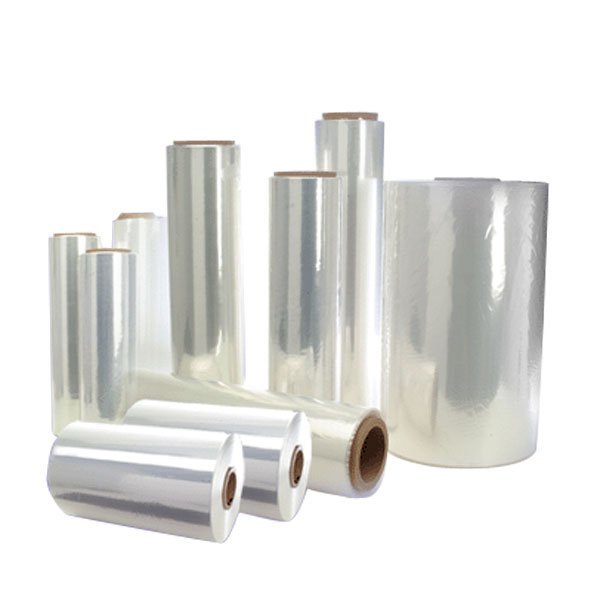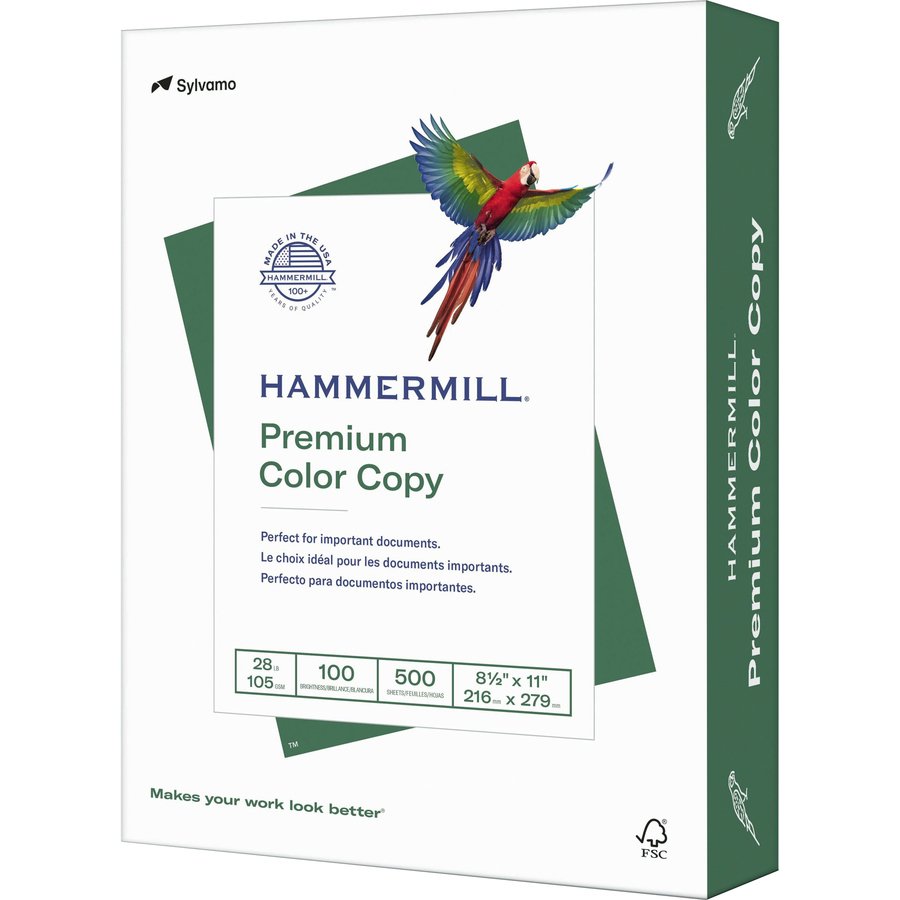Understanding the Difference Between Cleaning, Sanitizing, and Disinfecting
When it comes to keeping surfaces clean and free of germs, many people use the terms cleaning, sanitizing, and disinfecting interchangeably. However, these terms have specific meanings that are important to understand.
Cleaning
Cleaning removes dirt and grime from surfaces, but it does not necessarily eliminate germs.
Sanitizing
Sanitizing reduces the number of bacteria on surfaces to safe levels.
Disinfecting
Disinfecting kills or eliminates various bacteria and viruses from inanimate surfaces.
To effectively kill germs, it's important to use products that are registered with the EPA and have an EPA registration number on the label. Products that make sanitizing or disinfecting claims must follow specific directions for use to be effective.
Routine sanitizing is recommended for high-touch surfaces in places like child care settings, schools, public transit, and food-contact surfaces in restaurants and homes. Disinfecting is necessary after an illness caused by a virus or in settings involving bodily fluids.
Some products are registered for both sanitizing and disinfecting, but it's important to read and follow the directions to use the product correctly for the intended purpose.
By understanding the differences between cleaning, sanitizing, and disinfecting, you can make informed decisions about the products you use to keep surfaces clean and free of germs. Shop Strickland for all your cleaning, sanitizing, and disinfecting supply needs. You need it? We’ve got it!






















